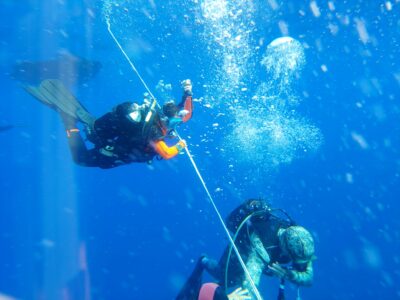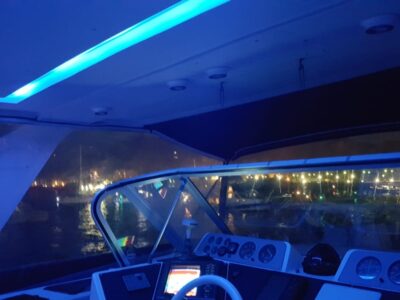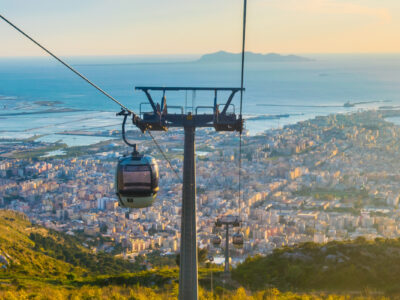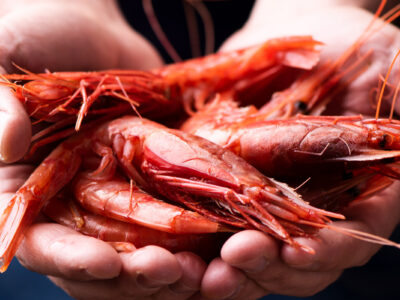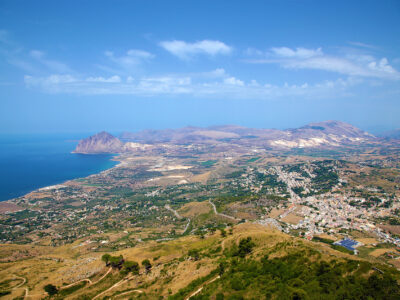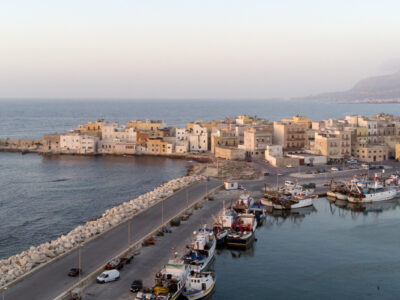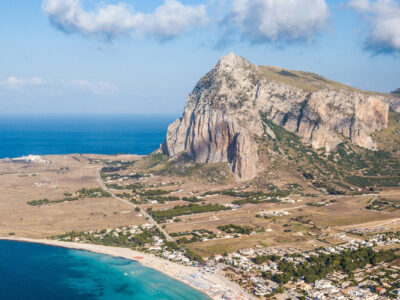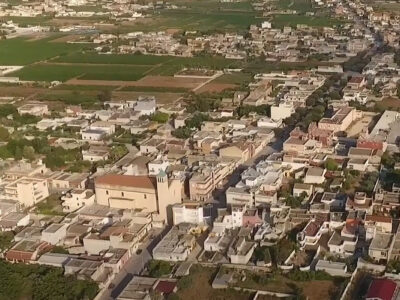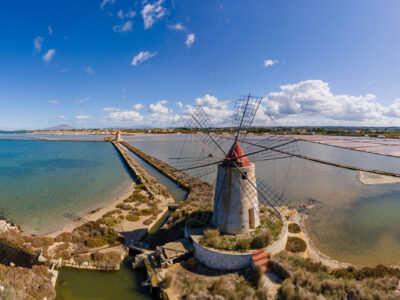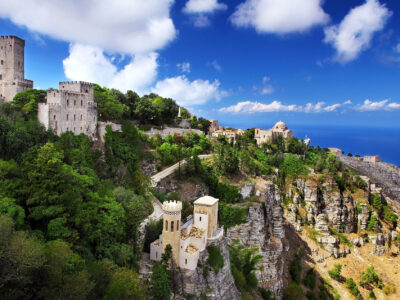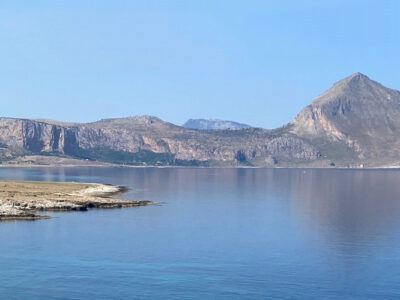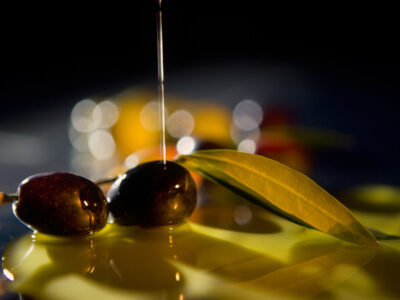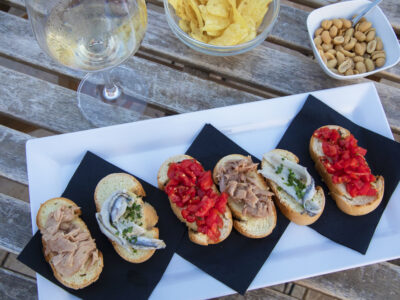Uncategorized
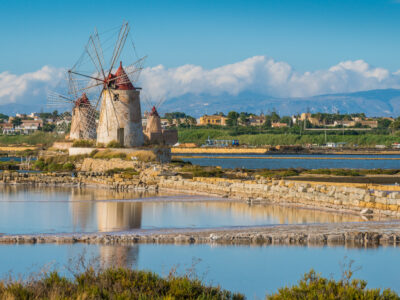
Clear waters, uncontaminated nature, strips of land rich in history and archaeological remains, active salt pans, shallow waters, in some points also accessible on foot, characterize the Stagnone Islands Oriented Nature Reserve, one of the first to be established in Sicily (1984 ). It protects the lagoon of the Stagnone, a stretch of water bordered […]
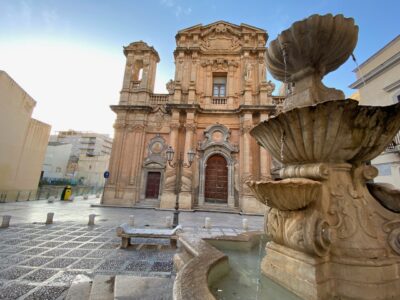
Overlooking the square of the same name, in the centre of which is the eighteenth-century fountain monument, the Church of the Purgatory of Marsala was originally the Church of Saints Fabiano and Sebastiano, whose statue stands out on the sumptuous main facade, framed by the two side bell towers. The building, with an evident Baroque […]
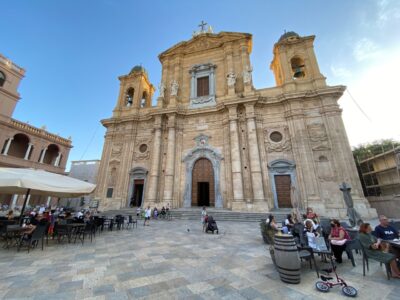
The facades of the solemn Mother Church of Marsala, presumed Norman origins completely renovated in the seventeenth century, and the Palazzo VII Aprile, with an eighteenth-century appearance, albeit in different styles, animate the Piazza Loggia. A real treasure trove of art is the Mother Church of Marsala which houses valuable Renaissance sculptures by the Gagini […]
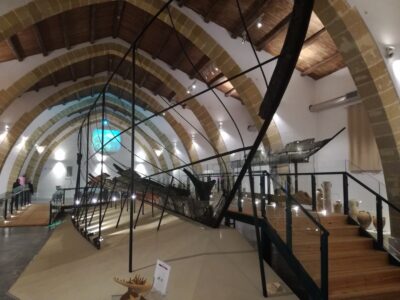
Marsala boasts museums of considerable importance and archeology and painting laboratories. The “Baglio Anselmi“ Regional Archaeological Museum houses finds from the ancient Lilibeo, including a beautiful statue of Venus Callipige and the interesting wreck of a Punic ship found in 971 near Punta Scario, this shipwreck dates back to the middle of the III. century […]
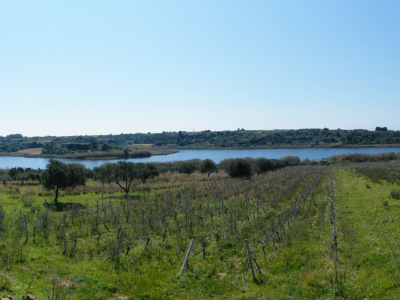
The Integrated Natural Reserve of Preola Lake and Gorghi Tondi is a wetland characterized by the absence of contact with the sea, with small lake depressions, flat arid lands and woodland with vegetation and birdlife of great interest. Almost 100ha of the area is covered by dense marsh vegetation typical of slightly brackish coastal Mediterranean […]
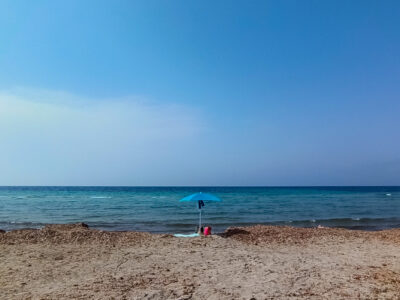
Of great naturalistic interest are the coastal marshes of Margi Milo, Margi Spanò and Capo Feto, Sites of Community Importance (SCI) and Areas for the Special Protection of Birds (ASPB). These natural biotopes are crucial areas for the transit of migratory birds of considerable importance and for some habitats suitable for their survival. These are […]
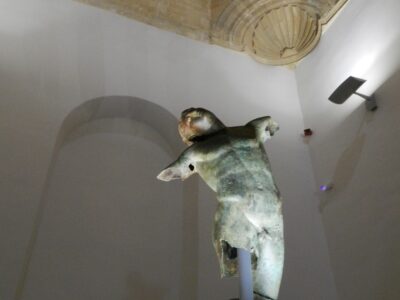
The best known of the museums is certainly the “Museo del Satiro” (The Satyr museum) which houses a very rare and precious example of a 4th century BC Greek bronze statue, discovered in 1998 by a Mazara fishing boat in the Sicilian Channel: the work depicts a young satyr with pointed ears in an attitude […]
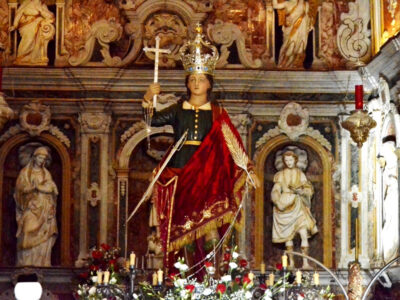
The city devotes solemn celebrations to its titular saint from the 13th to the 15th of June. The entire population participates in this religious moment with great devotion as do the San Vito Lo Capo fishermen. Diverse events take place; choral, musical and sporting, parades, exhibitions and a suggestive historical re-enactment of the “landing” of […]

The sanctuary-fortress of San Vito Lo Capo was built in the 15th century almost certainly to protect pilgrims from pirates, incorporating the body of an existing church dating back to the 14th century. Restoration works in 2003 revealed the church’s original east-west orientation as well as a hypogeum with two wells, of probable religious function. Today’s […]

The charming small square building with its peculiar dome with pointed arches is an original piece of typical local architecture of the late 15th early 16th centuries, with Arabic, Norman and Gothic influences. Characteristic is the solution used to support the corners of the dome with fan-shaped pendentives. An old popular belief has it that […]


